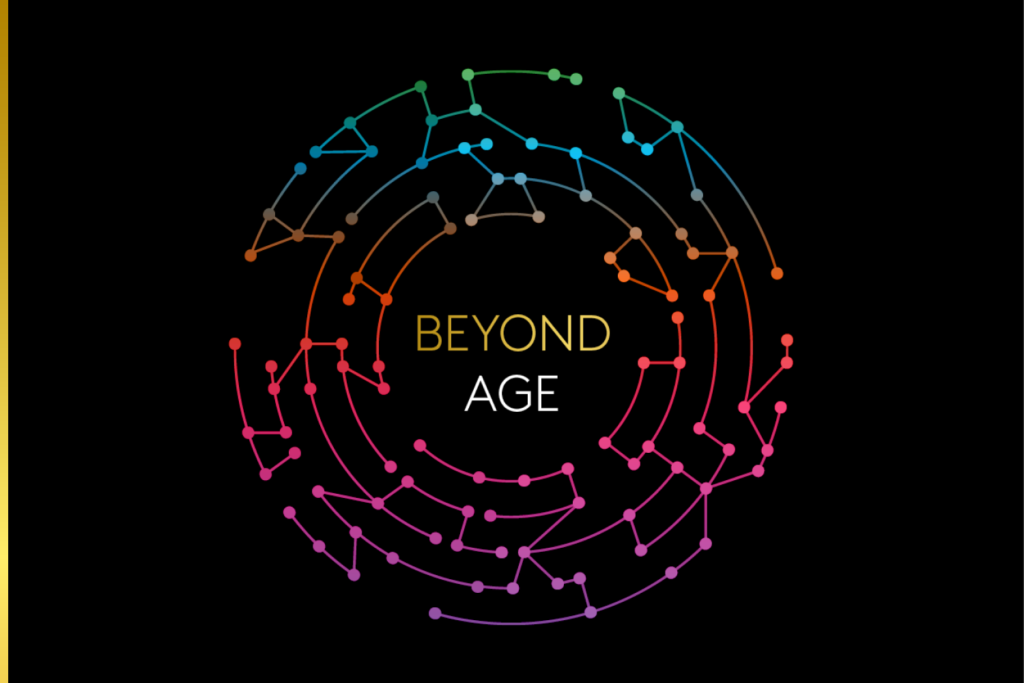Segmenting audiences by life experiences and consumer behaviour rather than age could boost the targeting efficiency of some marketing campaigns by up to four times, new research from marketing data and analytics company Kantar has found.
In response to emerging social identities and cultural change, Kantar has undertaken a wide-ranging study which shows that using age-based proxies alone is no longer sufficient for understanding people’s behaviour and attitudes in 2022. The findings are part of a landmark report, Beyond Age, which draws on Kantar’s TGI survey of 24,000 adults a year in Great Britain, alongside more globally focused TGI surveys.
In one example, the report looked at how a brand in the baby products sector might reach new parents. Targeting based on age alone showed that 25 to 34-year olds in Western Europe are 2.5 times more likely to have bought nappies in the past year than the average consumer. However, segmenting the audience based on people who have had a child in the past 12 months gave an index 10 times greater than the average adult – a four-fold increase in targeting efficiency.
Gary Brown, lead analyst and author of Kantar TGI’s Beyond Age report, commented: “The marketing and advertising industry has to challenge tired assumptions or risk missing out on huge opportunities. Generational tags have become a shorthand for segmenting millions of people, but this often leads to one-dimensional stereotypes like the flat-white-loving Millennial or property-rich Boomer. These labels just don’t reflect the diversity of different people’s life experiences and habits within age cohorts.
“In the baby products case study, targeting by age seems sensible because of expectations about when consumers typically start a family, but people are making very different choices in 2022 than they were 20 or even 10 years ago. By shifting their perspective, marketers can dramatically boost the effectiveness of their campaigns because we now have the sophisticated data tools to enable this more detailed approach.”
Kantar’s TGI database highlights that while age can be a useful starting point in campaign planning, it often doesn’t tell the whole story. Brown said: “We know for instance that Generation X are among the highest earners in Britain, with an average personal income which is 13% higher than the rest of the country. But, now aged between 42 and 57, these people are absolutely not homogenous. This is a broad group that should be targeted based on people’s individual identities, rather than as a collective.”
The report busts common myths about the typical behaviour of certain age groups – in particular how people use online platforms as they get older. Brown explained: “It’s important not to pigeonhole different demographics, like who uses tech and how. This study shows that when we presume behaviour based on age alone, we can often get it wrong. People over 65 were the fastest growing group of weekly users across major social and communication apps in Britain between 2015 to 2021. That’s a growth rate of 451% for Facebook, 458% for YouTube, 847% for WhatsApp, and a staggering 1493% for Instagram.”
The ageing profile of Facebook users is well understood but the report evidences just how significant the platform’s evolution has been. Over 65s are now the site’s single largest age cohort, growing from a 6% minority in 2015 to 19% of all people on Facebook in 2022.
Visit kantar.com/beyondage to download the report in full.









